These types of cables are also called as Optical Fibre Cable or Approach Cable. OFC Cable is used for long distance telecommunications, or providing a high-speed data connection between different parts of a building. The optical fiber elements are typically individually coated with plastic layers and contained in a protective tube suitable for the environment where the cable will be deployed. The only function of the OFC is providing data connectivity.
Ask For a Quote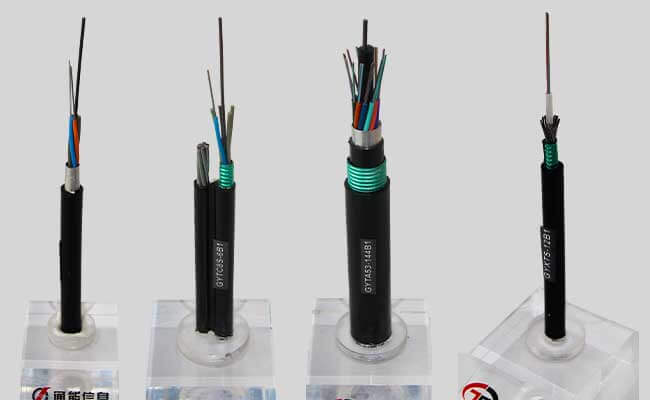
A fiber-optic cable is designed to protect the inside fiber core that carries the transmission of a light signal. Core: The fiber core of fiber-optic cable is the central physical medium of the cable that carries the light signal received from an attached light source and delivers it to a receiving device.
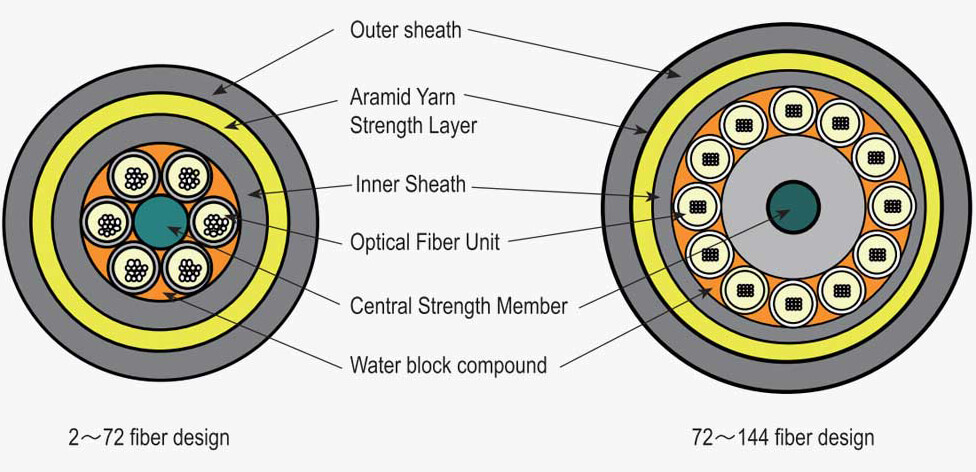
OFC made from a combination of Silica and Germanium. Core is surrounded with Pure Silica known as Cladding. Acrylic / Polyimide (Buffer Material) used as shield for prevention of damage of Core and Cladding. Aluminium (Strength Material) helps prevent Stretch problems when the fiber is being pulled. And Outer Jacket protects against Abrasion and other contaminants.
Get a Quote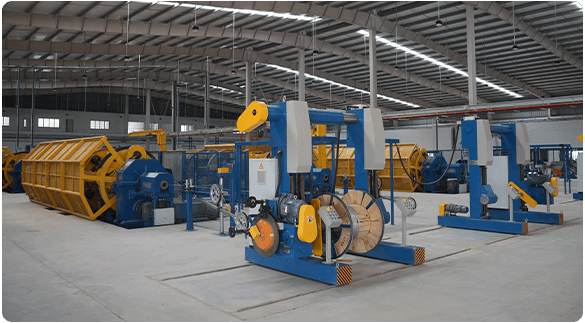
Optical fibers are arranged in bundles in optical cables and are used to transmit light signals over long distances. The bundles are protected by a jacket, which is the cable's outer covering. Single-mode and multi-mode are the two types of optical fibers. The single-mode, used for long distances, has small cores and transmits infrared laser light. The multi-mode, normally used for short distances, has large cores and transmits infrared light.
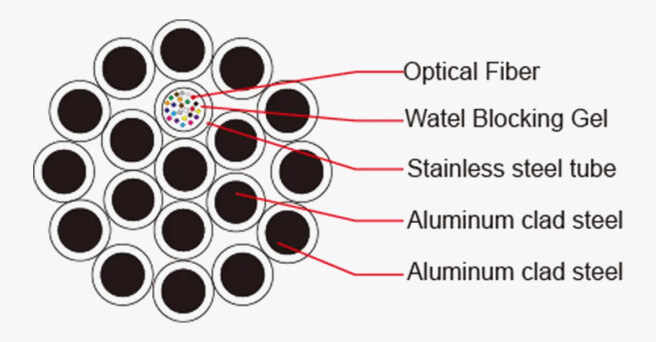
IEC 60793 -1-40
EIA/TIA
| Cable Type Specification | Name | Number | Material Dia |
|---|---|---|---|
| GYFTS - 24B1 | |||
| MDPE Outer Sheath | Thickness | 1.8MM | |
| Corrugated Steel Tape | Thickness | 0.25MM | |
| Optic Fiber | Nos. | 24 | |
| Filler | Nos. | 2 | |
| FRP | Diameter | 2.4 MM | |
| PBT Buffer Tube | Outer / Inner Dia | 2.2 /1.6 MM | |
| Cable Type Specification | Name | Type | Material Dia |
|---|---|---|---|
| GYFTS - 48B1 | |||
| MDPE Outer Sheath | Thickness | 1.8MM | |
| Corrugated Steel Tape | Thickness | 0.25MM | |
| Optic Fiber | Nos. | 48 | |
| Filler | Nos. | 2 | |
| FRP | Diameter | 2.4 MM | |
| PBT Buffer Tube | Outer / Inner Dia | 2.2 /1.6 MM | |
| SR. NO. | Item | Unit | Technical Data Value |
|---|---|---|---|
| 1 | Type | / | |
| 2 | Fiber Type | G.652 | |
| 3 | Optic Fiber | 24 | |
| 4 | Diameter | MM | 11.6 |
| 5 | Weight Per km Length | Kg / Km | 130 |
| SR. NO. | Item | Unit | Technical Data Value |
|---|---|---|---|
| 1 | Type | / | GYFTS - 48B1 |
| 2 | Fiber Type | G.652 | |
| 3 | Optic Fiber | 24 | |
| 4 | Diameter | MM | 11.6 |
| 5 | Weight Per km Length | Kg / Km | 130 |
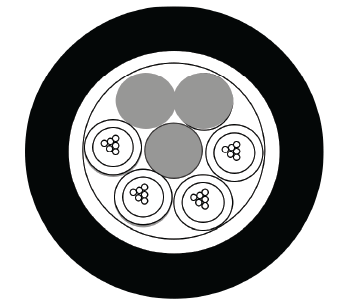
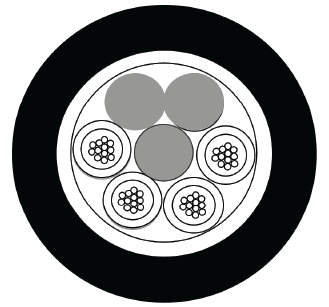
© Copyright 2022. TG Advait India Pvt. Ltd. All rights reserved